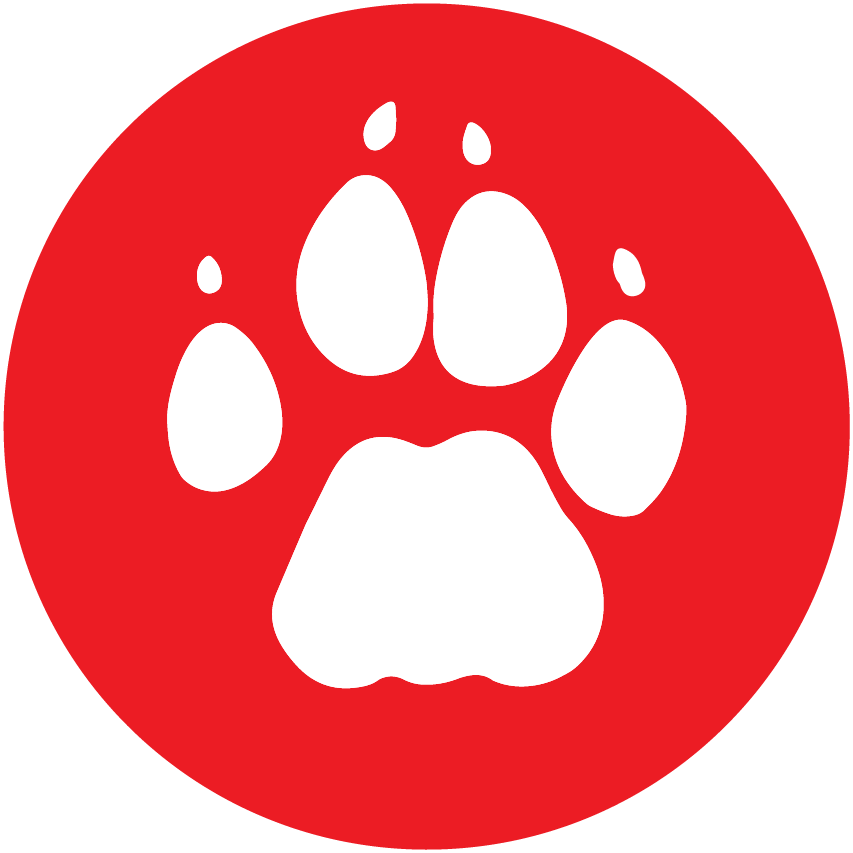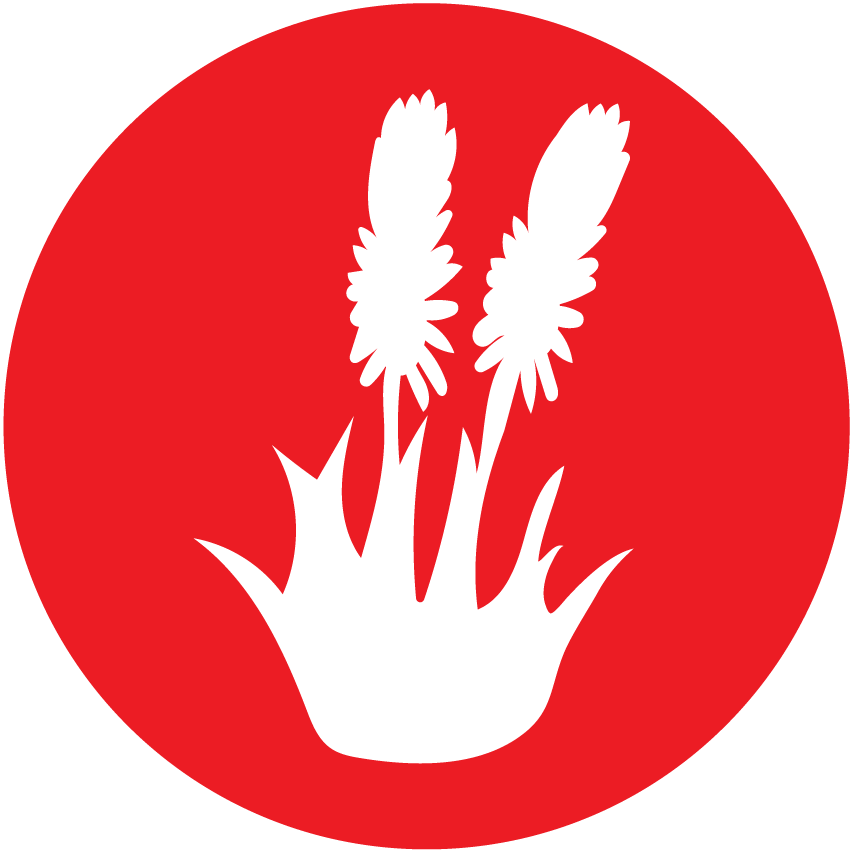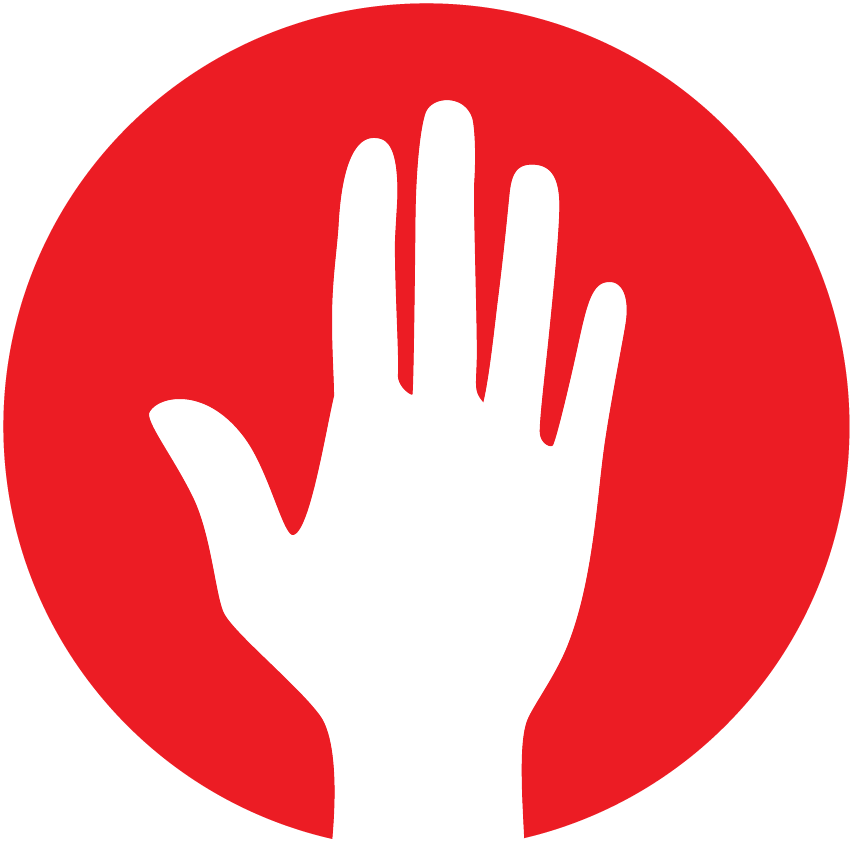our
strategy
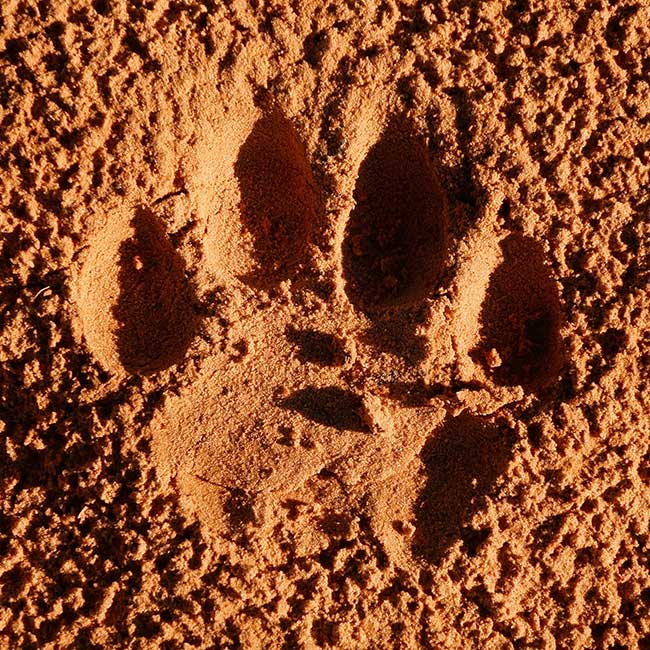
our vision
A healthy and equitable Africa that values and sustains the diversity of all life.
our mission
The Endangered Wildlife Trust is dedicated to conserving threatened species and ecosystems in Africa to the benefit of all.
our strategy
The EWT achieves its mission by delivering on our three Strategic Imperatives:
These broad pillars of conservation impact are supported through six High-level Goals.
our high-level goals
Five of our High-level Goals speak directly to our conservation impact,
and the sixth goal considers our leadership role within the broader conservation sector.
GOAL 1
IMPROVED KNOWLEDGE OF SPECIES AND HABITATS AND THE THREATS THEY FACE
Knowledge is key when designing effective projects, making constructive decisions, and formulating effective laws and policies.
Indicator 1a.
Number of research outputs
Indicator 1b.
Number of datasets shared
GOAL 2
TARGETED INTERVENTIONS REDUCE THE THREATS TO SPECIES AND HABITATS
This goal covers our work toward reducing threats to species and habitats. It is measured through a direct reduction in a threat (Indicator 2a) or the implementation of a conservation strategy known to reduce threats (Indicator 2b). Direct improvements in the status of a species or habitat are captured under Goal 4
Indicator 2a.
The number of target populations and habitats where threats are reduced
Indicator 2b.
The number of proven interventions that reduce broad-scale threats to focal species or habitats
GOAL 3
FORMAL PROTECTION OF PRIORITY HABITATS
Protecting and conserving natural places is critical for combating the effects of biodiversity loss and climate change. We contribute to national and global targets for protected area expansion and other effective area-based conservation measures
Indicator 3a.
The number of hectares with landowner consent to proceed
Indicator 3b.
Area of priority habitat with improved formal protection
GOAL 4
CONSERVATION ACTIONS LEAD TO THRIVING SPECIES, RESILIENT HABITATS, AND IMPROVED HUMAN WELLBEING
This goal focuses on improving species’ conservation status and unlocking the benefits nature brings to people. This goal is measured through three indicators relating to the number of populations, habitats, or people who have benefitted from our actions
Indicator 4a.
Number of populations for which annual improvement goals are met
Indicator 4b.
Area of land with improved management
Indicator 4c.
Number of people whose wellbeing has improved
GOAL 5
INNOVATION THAT DRIVES MEANINGFUL CHANGE TO THE BENEFIT OF THE ENVIRONMENT, BUSINESS, AND PEOPLE
The EWT achieves Goal 5 when it drives the application of new processes, products, and services that allow us and the people and institutions we work with to deliver greater conservation impact with available resources
Indicator 5a.
Number of target groups that have implemented effective innovations
GOAL 6
THE EWT PROVIDES ITS STAFF WITH AN INCLUSIVE, NURTURING, AND STIMULATING ENVIRONMENT, UNDERPINNED BY EFFICIENT, EFFECTIVE, AND FORWARD-THINKING POLICIES THAT REINFORCE ITS CONSERVATION LEADERSHIP.
we work towards achieving our conservation goals through specialised, thematic programmes designed to maximise impact in the field and enhance skills and capacity development.
we have identified 11 cross-cutting approaches firmly embedded in eveything we do
Skills and capacity development
Partnerships and collaboration
Innovation and horizon scanning
Robust science and evidence
Supporting the legal framework
Population,
health, and environment
Social
development
Mainstreaming biodiversity
Advocacy
Africa range expansion
Sustainable
impact
Global Impact
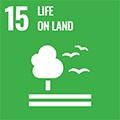
Global Conservation Impact
The EWT delivers measurable contributions to key international frameworks, most notably the UN Sustainable Development Goals (SDGs). Our work primarily advances:
- SDG 15: Life on Land – Protecting terrestrial ecosystems and halting biodiversity loss
- SDG 2: Zero Hunger – Through sustainable land management programs
- SDG 4: Quality Education – Via our conservation training initiatives
- SDG 6: Clean Water – By safeguarding Strategic Water Resource Areas
Additional impacts include:
- SDG 7 (Renewable Energy guidance)
- SDG 12 (Responsible Consumption via projects like Vulture Safe Zones)
- SDG 13 (Climate Action through carbon trading and ecosystem management)
For detailed SDG contributions, see our 2021/22 Integrated Report.
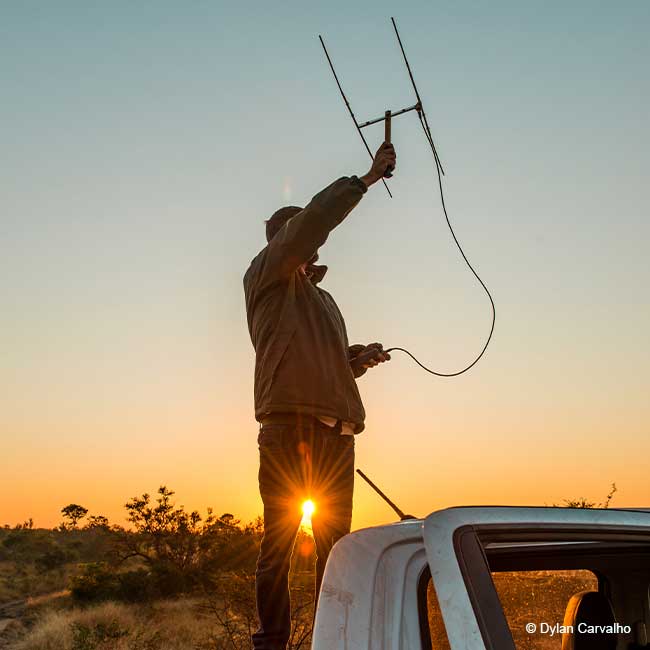
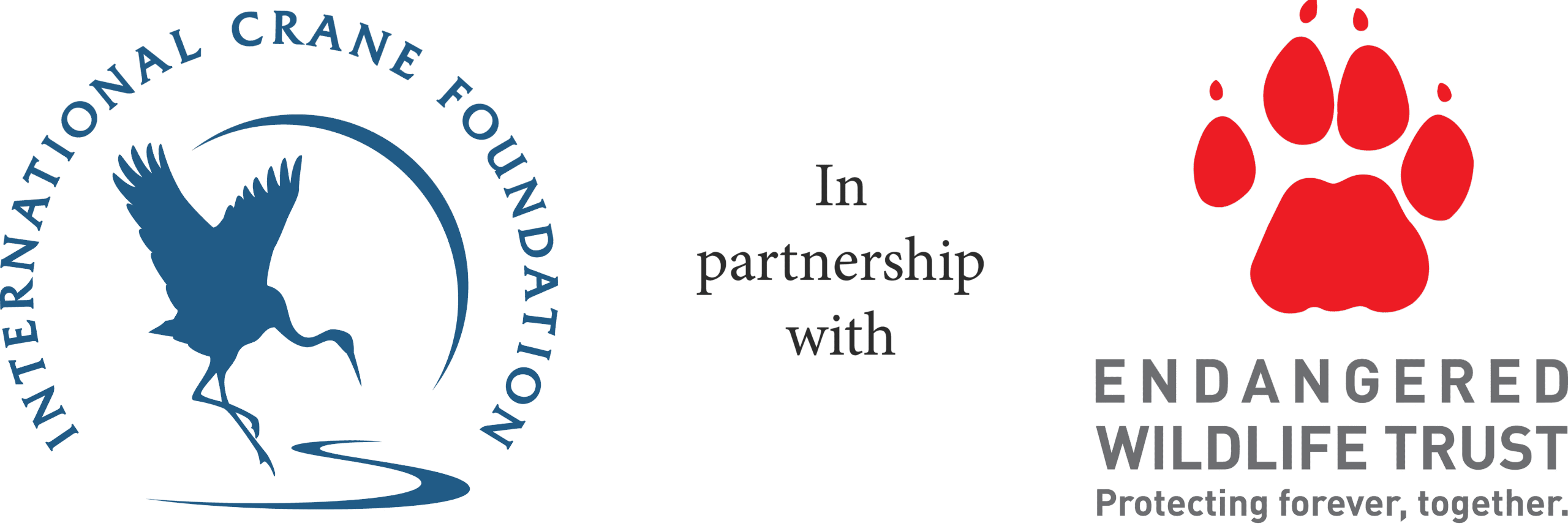
Measuring impact
Our strategy applies the internationally recognised Conservation Standards to plan, implement, and adapt all conservation activities. This rigorous approach ensures our strategy delivers measurable results while allowing flexibility to meet evolving objectives. [Watch this video to understand why this methodology matters.]
Through systematic monitoring and reporting, we demonstrate our conservation impact and social benefits to partners, stakeholders, funders, and the public. [View our latest Integrated Report to see this process in action.]
We gratefully acknowledge the International Crane Foundation for their ongoing collaboration in strengthening our Conservation Standards work.
our values
EVERYTHING THE EWT DOES IS UNDERPINNED BY TEN CORE VALUES
To help us keep these core values top of mind, we use the acronym “RIVER”
respect
We believe in justice
and equality.
We are compassionate.
We respect all life and
each other.
impact
We are proactive,
tenacious, and we lead by example.
We protect wildlife.
value all life
We value nature as the
foundation of human wellbeing.
ethical
We are ethical
and accountable.
relationships
We recognise the value
of partnerships.
We develop
conservationists.

